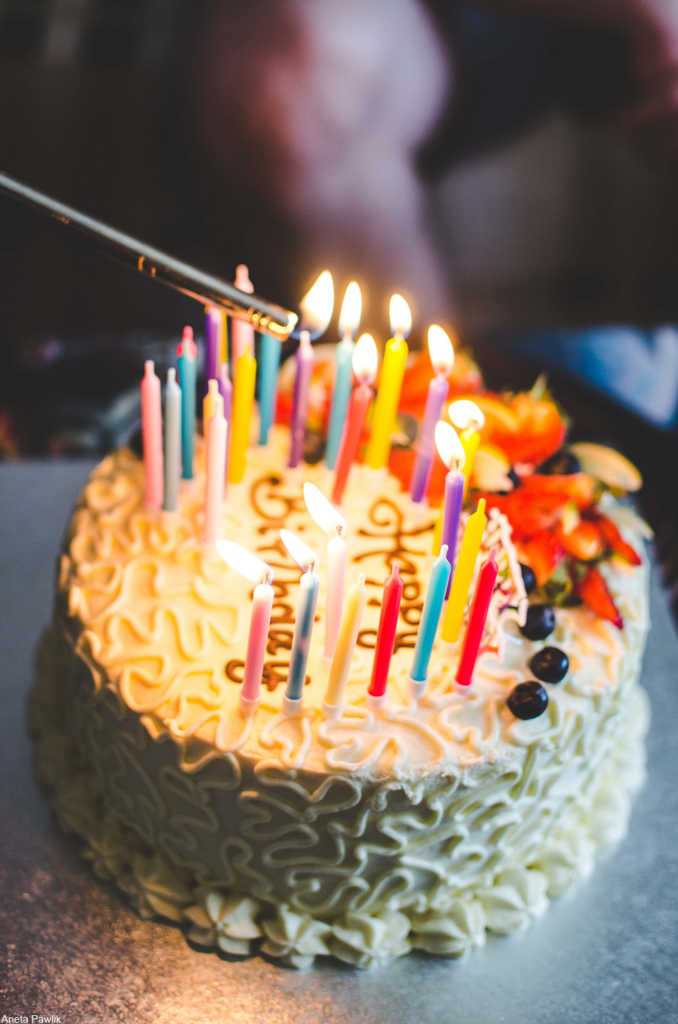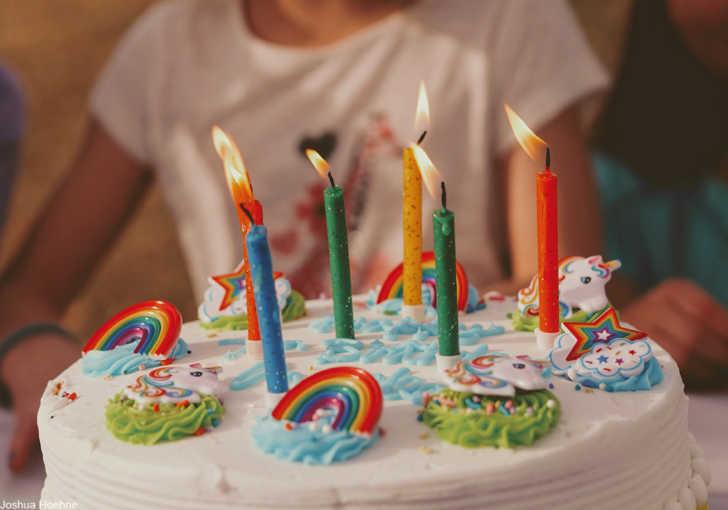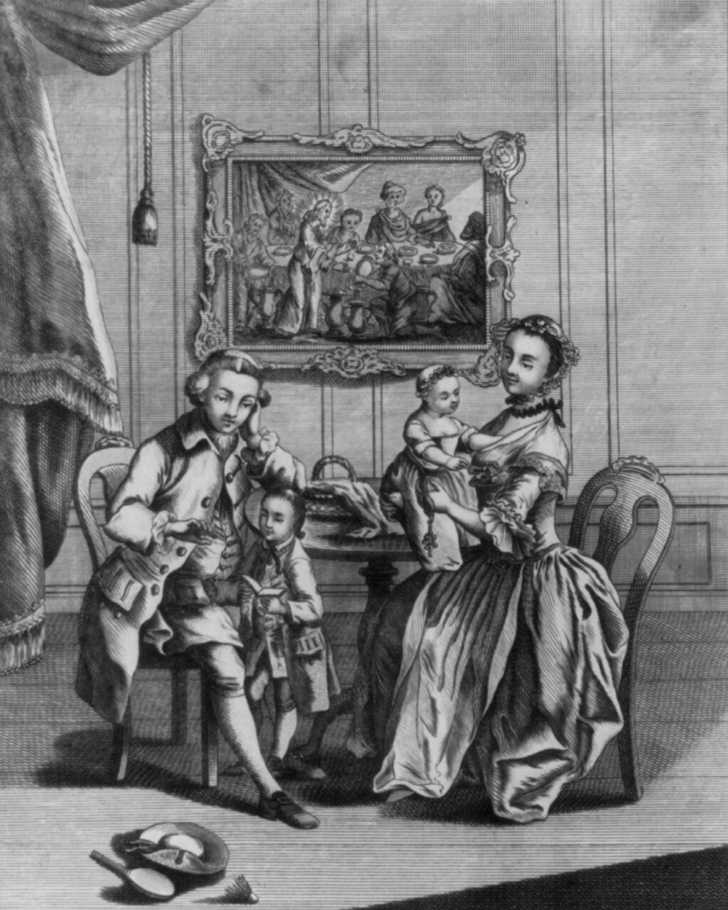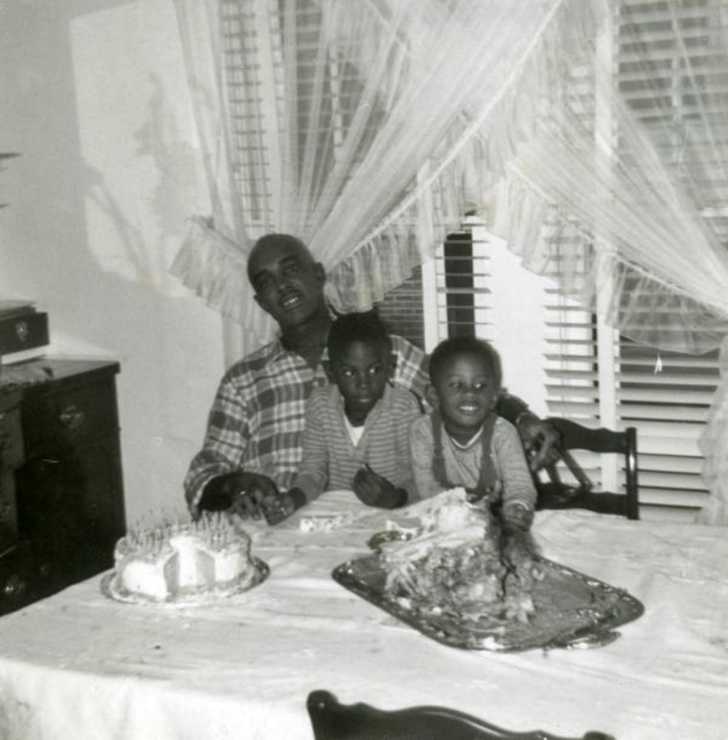The Reason Why We Celebrate Birthdays With Cake
It just isn’t a birthday party without the cake.
Today birthday cakes are for many people an essential part of the birthday experience. Most people do not feel it’s a real party unless there’s cake- preferably with candles, singing, and all the customs that go with it. But, how did this tradition get started? Here is a brief history of how the birthday cake was born.

It is thought that the first people to celebrate birthdays were the ancient Egyptians, with their belief that on the birthday of a royal family member they were joined with the gods. The ancient Romans used to celebrate men’s birthdays with cakes made from nuts, honey, flour, and yeast. These cakes were not all that sweet, but were still considered quite an indulgence. Leaders and high status males were most likely to celebrate in this way and women’s birthdays were not celebrated until much later. Fast forward to Europe in 1700s and another group of people were celebrating birthdays using cakes as well, this time made from decadent and expensive sugar.
In Germany in the 18th century the celebration of children’s birthdays was a fun distraction from everyday life and it’s this tradition that is most like our modern birthdays. In households that could afford it, a child’s birthday was a drawn out festivity that lasted all day, called kinderfeste.

A cake baked beforehand, with sugar that came from the English and Dutch colonies, was presented to the child in the morning when they awoke all lit with candles. The cake candles were kept lit throughout the day. As the candles burned out they were replaced with fresh ones and this was an important part of the superstition. The number of candles was supposed to represent each year the child had lived so far, often with one more added as a symbol of hope that they would live another year. This is where we get the “one to grow on” which got transformed into an extra smack for the honoree as part of the birthday spanking that was once common in the U.S. The extra candle was sometimes also called “the light of life”.
At that time most illnesses were not well understood and the sudden death of a child was sadly not an uncommon experience for many families. The birthday candles are a not only a celebration of the child’s life, but also an expression of how much they would be missed if they should die.

We think waiting an hour for cake is hard, but for kids born in the Age of Reason, they had to wait patiently the entire day to have some cake!
The flames could only be extinguished by the birthday-haver and they had to make a wish during this process. It was considered vital that the child not tell a soul what the wish was for fear that it then would not come true. The other important part of the ritual was to get all the candles put out in one breath, symbolizing the health and vitality of the child.

As we age it becomes harder to fit all the candles on the cake, but that’s not a problem people in the 18th century thought much about. Birthday cakes were primarily for children. Adults, if they celebrated, were more likely to have a dinner or evening party as their preferred method of celebration. As the Industrial Revolution made the ingredients for cake more common, the birthday cake grew in popularity all around the world. Now it’s a crucial part of many birthday gatherings, something enjoyed by both young and old alike.
SKM: below-content placeholderWhizzco for DOT

